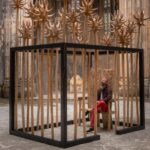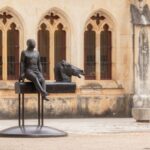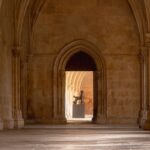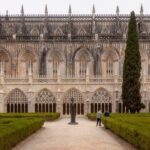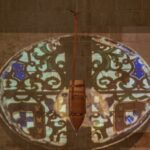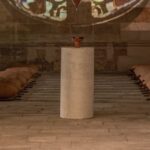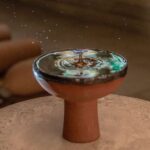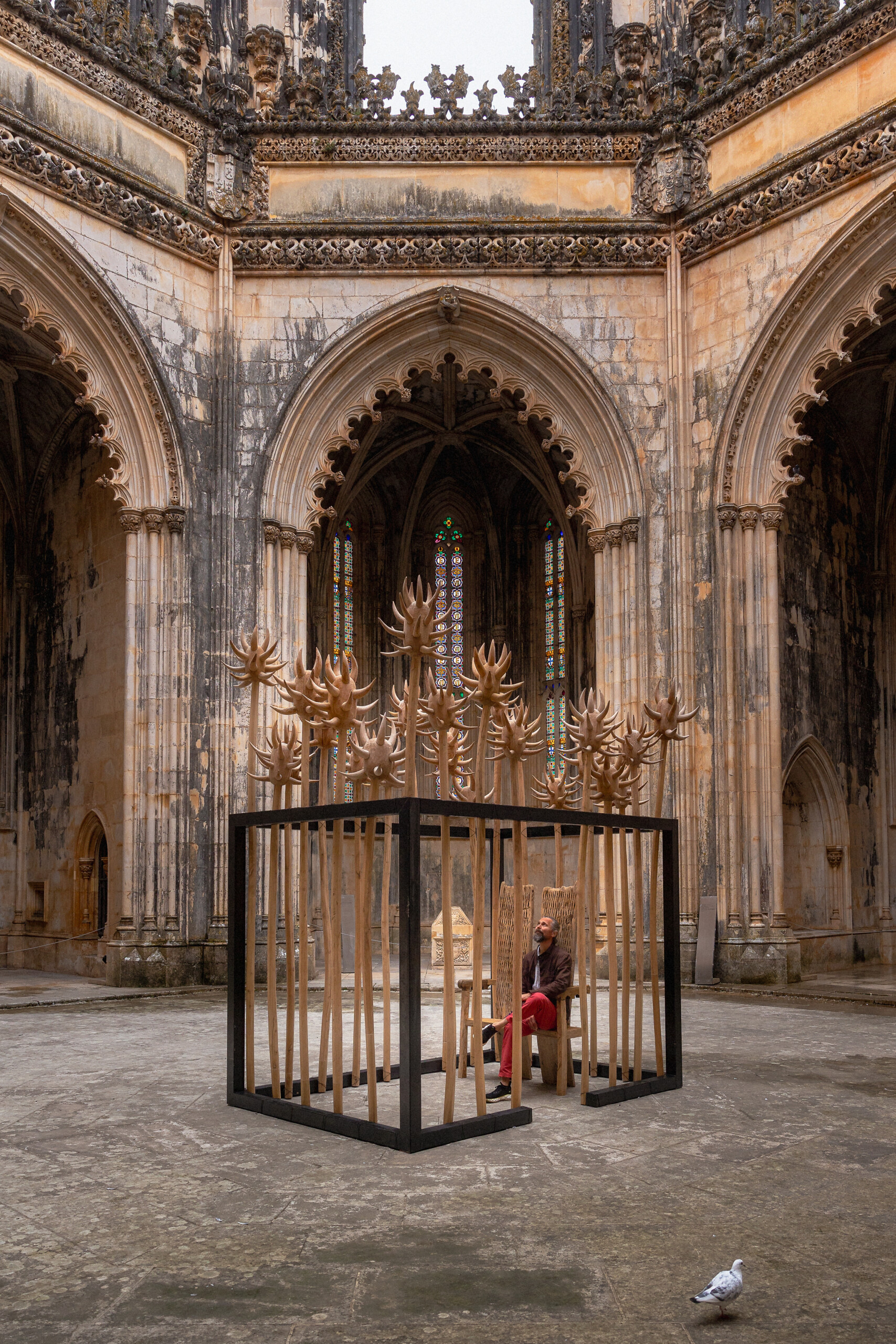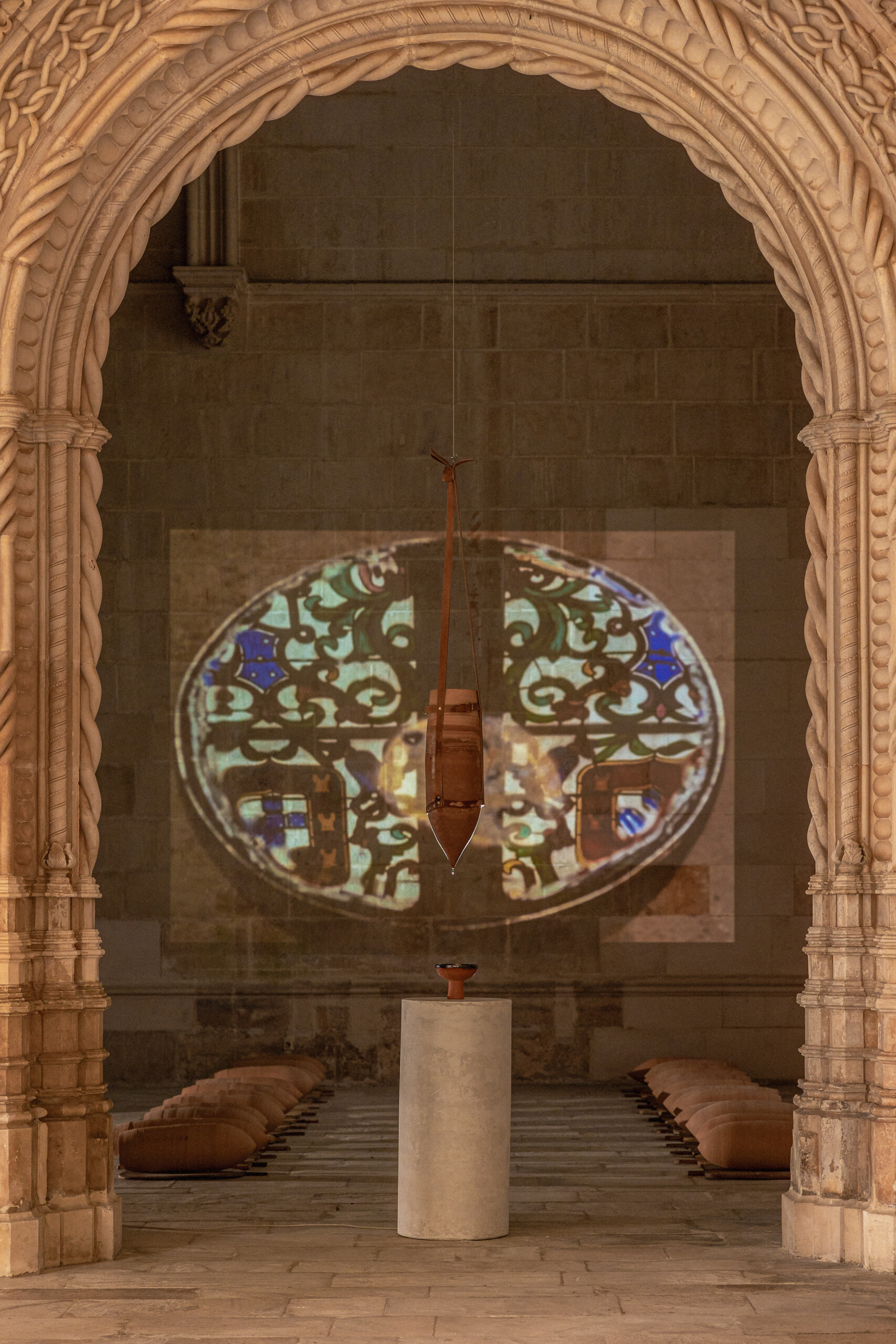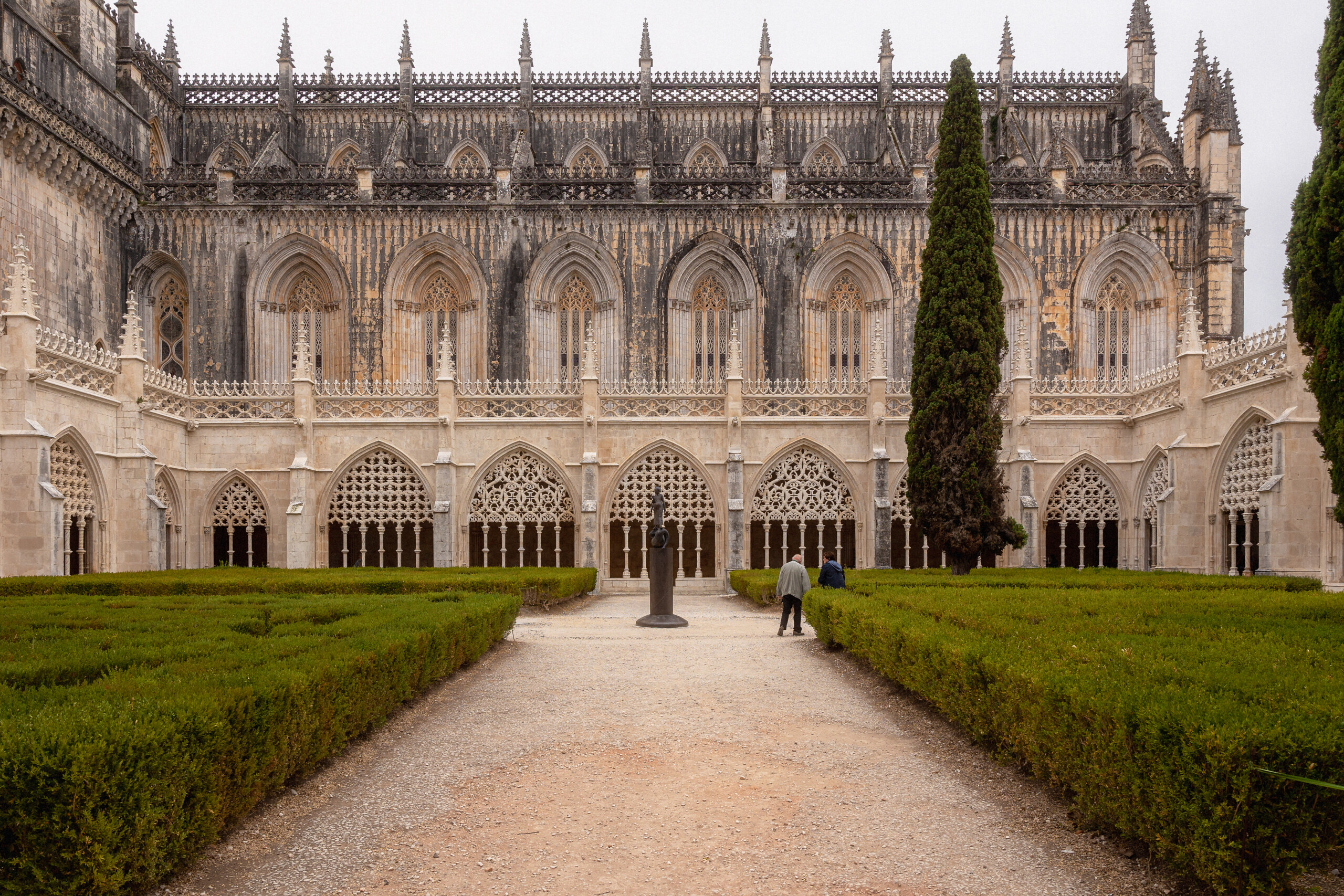I don’t know many contemporary artists in Romania as connected to architecture and the city as sculptor Virgil Scripcariu. His works can be found in public spaces in Bucharest and Timișoara, and he collaborates closely with architects, including on the Museum at Piscu, a project developed by him and Adriana Scripcariu.
Until April 2025, a solo exhibition of figurative works and of installations specifically designed for a magnificent place, Mosteiro da Batalha (MMP), will be open. Șerban Sturdza, probably the architect with whom Virgil has collaborated the most intensely visited it and answered Adriana Scripcariu’s questions. They discussed the exhibition, as well as contemporary art in relation to (historical) architecture and public space— and about how ” you can place things in a certain equality and balance, where the past or the present don’t matter, but values matter” (Ștefan Ghenciulescu)
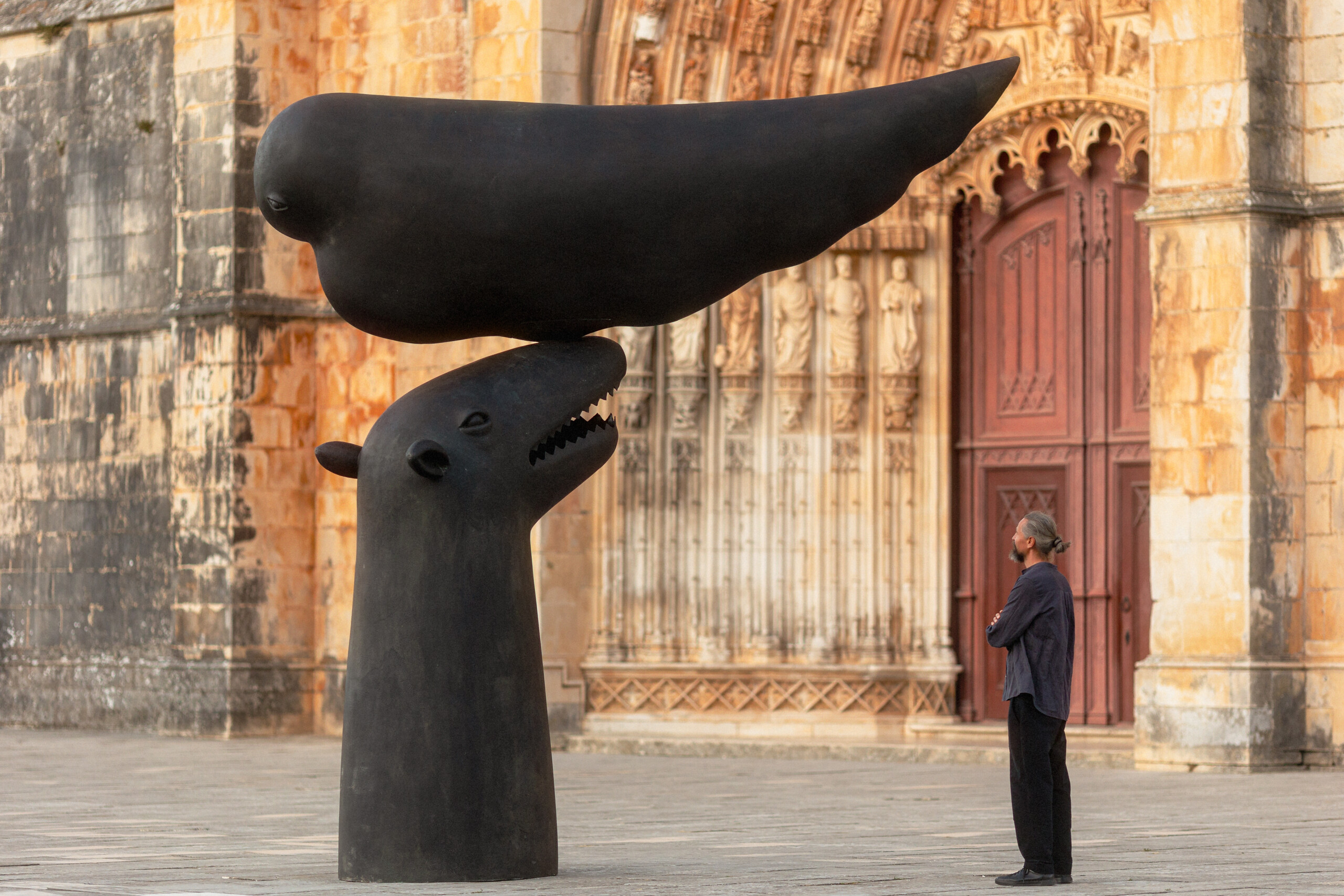 *Story about the triumph of the soule over the evil
*Story about the triumph of the soule over the evil
Rare and inspired
Interview with Architect Șerban Sturdza conducted by Adriana Scripcariu, art historian
Pictures: Ostafi Photography
A.S: How do you find, in general, displaying contemporary art together with historical heritage buildings?
Ș.S: In principle, it seems absolutely normal to me, I do not find any kind of contradiction. I don’t make such a great separation between what a heritage building/object and a contemporary building/object is, because it seems to me that what really matters is the quality. Therefore if, sometimes the heritage might not necessarily inspire me respect, while a non-heritage building might do, the immediate connection between “heritage” and “contemporary” depends on the quality of each of them. But there is always the convention of demarcation which intervenes. This is a procedure that people apply to simplify, analyse, classify. If we, however, go into details, it seems very debatable to me, up to what point there is heritage, where does it end and where does something “contemporary” begin. For me, a heritage object can be “contemporary”, and, immediately, conversely, a contemporary object could be a heritage object, if I feel it and I give this quality to it. Sometimes and under certain circumstances, I think time can be a convention. Therefore, I believe that a judgment must take this fact into account. Let not the judgment be dragged into a careless use of words or meaning. So, I’m not scared of heritage and I’m not scared of contemporary art either. I am not afraid of putting them together.
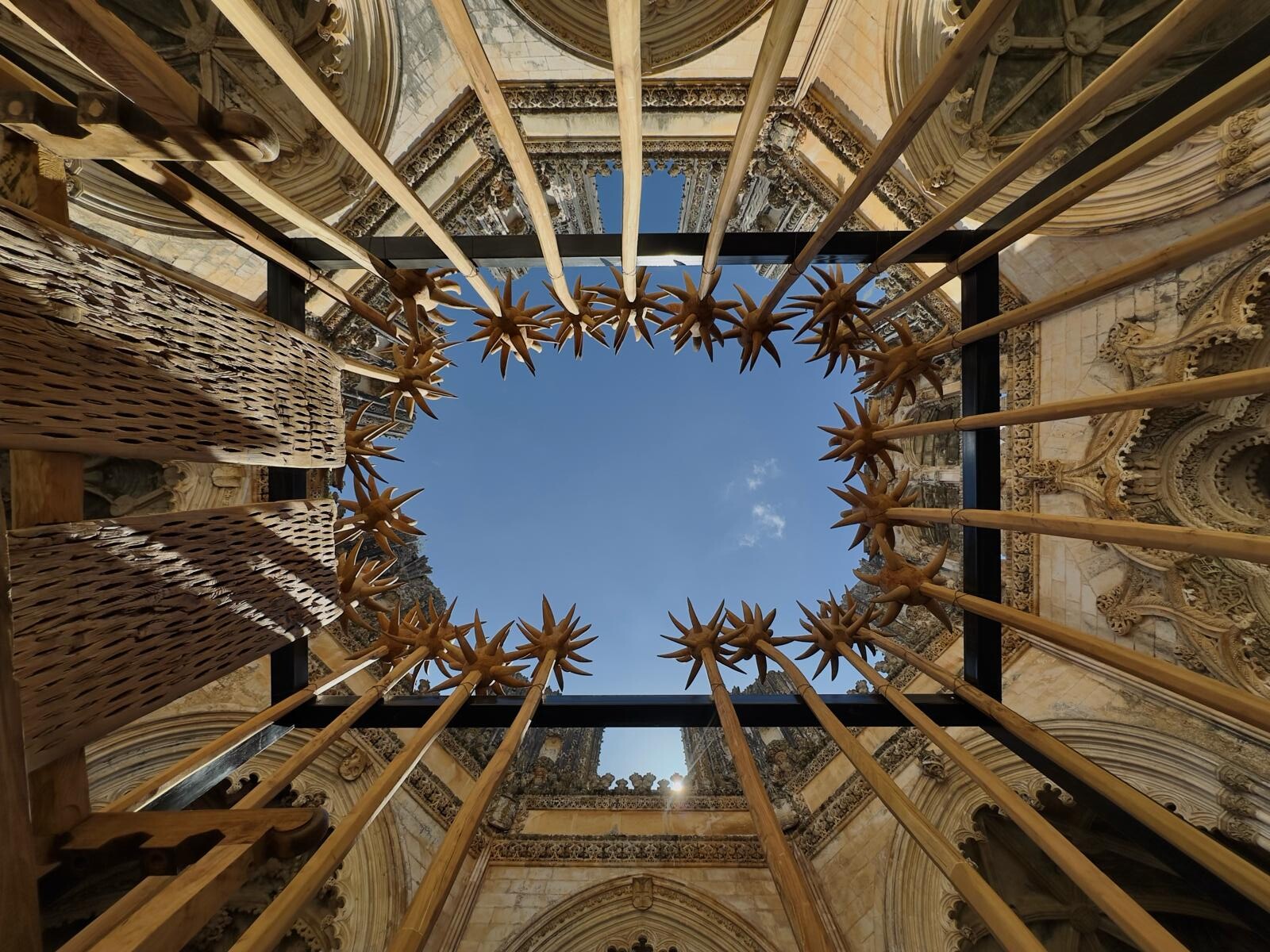 *Landscape – sit down and reflect on the contemporanity
*Landscape – sit down and reflect on the contemporanity
A.S: How do you see the insertion of contemporary art in the urban space, in general?
Ș.S: I think it’s good to use it, but you need to know why. You have to think about how it relates to the events that are happening there. An object placed in an intersection can sometimes be foolish. Next to the intersection, where you can see it and where you can separate it from traffic, it may be more logical. You might say that in an intersection it can be visible all the time; it can become a traffic landmark, but it can lose the status of an art object, no longer imposing in itself. So, it is very important that you find its place and that it finds its place too. I don’t think it’s a matter of stereotypical rules. It is more a fact of thought, of vision, of utility and, again, it must be considered over time; it may be significant for the moment, but it may also become irrelevant after a while. It’s a serious matter, essentially of social conscience.
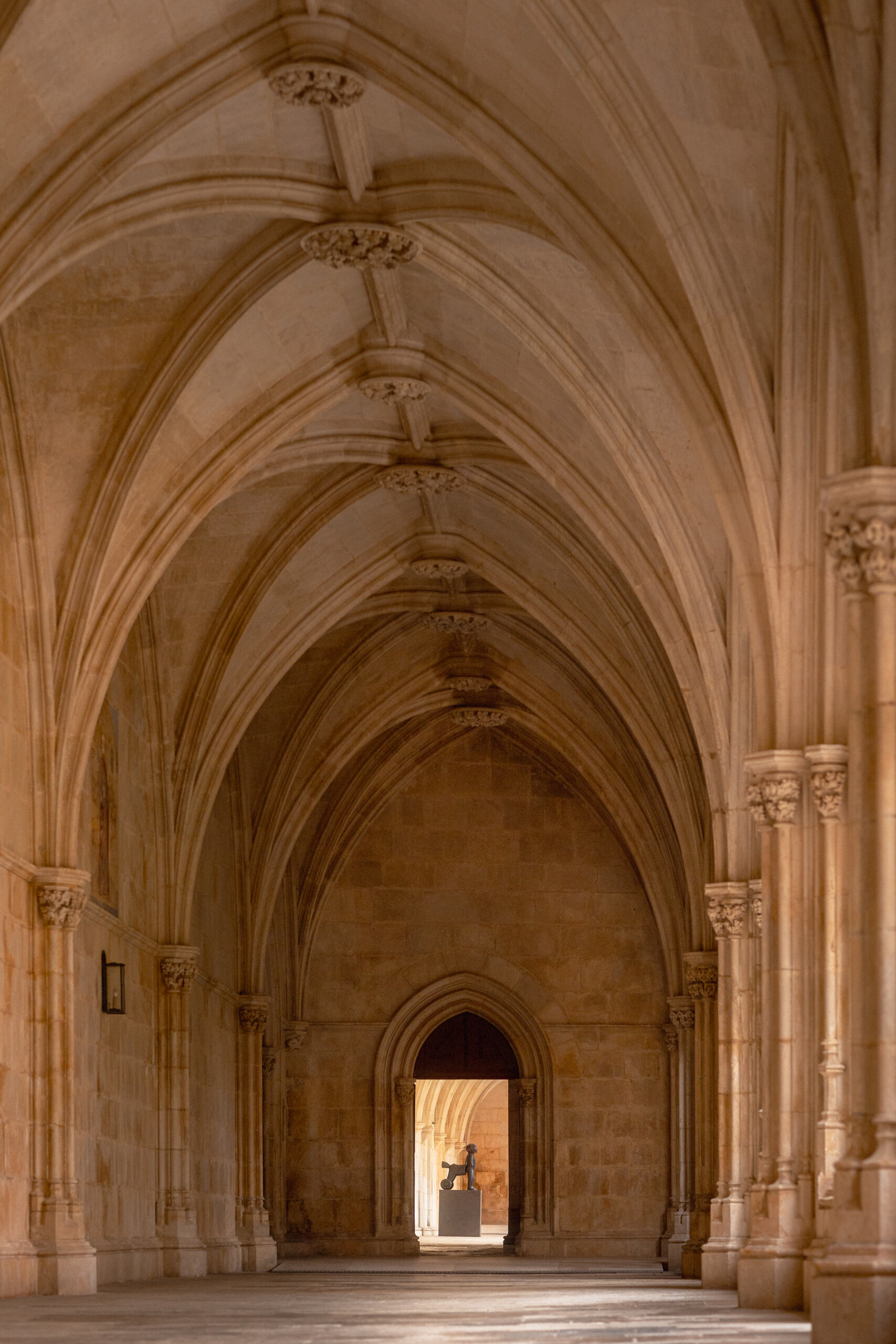 *Supermam – homage to the filial love
*Supermam – homage to the filial love
A.S.: What do you think would be the key to a successful project that brings together historical heritage and contemporary art, could you identify some principles?
Ș.S.: I could try, I think so. I believe that one principle would be to separate yourself from the present time. To be sufficiently removed from both “contemporary” and “heritage”. That is, the new-old binomial should be blurred and one should not have in mind any claim of progress at all. You can place things in a certain equality and balance, where the past or the present don’t matter, but values matter. That is because a heritage building or object can also contain an element of fate. Very often the neighbour of that heritage item, which has since disappeared, may have been much more valuable than the one that survived. It is, in fact, a reverence for age, which is very good, welcomed, necessary, but which you have to get rid of if you want to judge values, and here I mean aesthetic value.
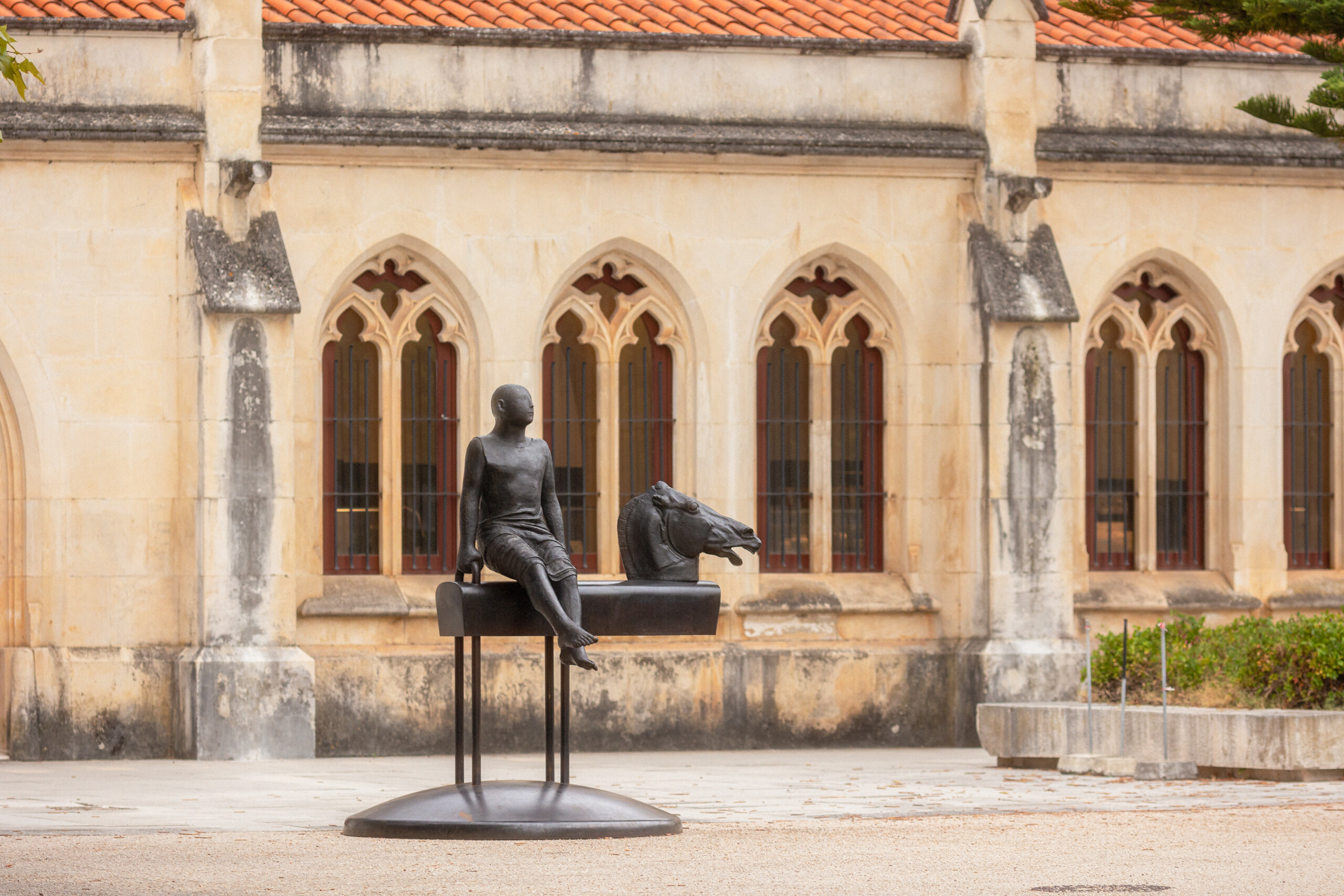 *Equestrian – ludic meditation on aspiration
*Equestrian – ludic meditation on aspiration
And it’s the same with contemporary art. Here, however, it is more difficult, being also a matter of the freshness brought by the novelty, and of fashion. You are bound to change your thinking system a bit. There is more a dimension of wisdom involved, less of intelligence. You have to do the exercise of looking from a distance. Otherwise, the conjuncture intervenes very quickly and all peripheric forces which push the decision towards less clean, obscure arguments, tangential to the immediate context. One tries to judge – if possible – like someone who does the same gesture a thousand times and then does it almost instinctively, not rethinking all the steps of a complicated procedure, in the way a beginner does. So, one should be able to appreciate it instinctively. The first impression is closer to the truth, but only if the one judging is trained. Perhaps truer than whole pages of arguments. I think it is desirable that a certain kind of embarrassing modesty should disappear. It is a relationship between the author, the work and the context, a very tough and very straight forward relationship. There are no complicated attributes. It is a very tight tango, without any dissipation. If this process is repeated and undergone intensely, if one could stand it, then probably he or she would know to do things well. Between a craftsman who makes, let’s say, 100 or 500 clay pots a day, and makes them all his life, and a designer who invents and studies a vessel and then tries to model it into matter, I think the chance, the gain and the truth lies with the one who does it repetitively, many times. It will be very difficult for the other to make it. I’m trying to highlight the fact that practice to the point of saturation sometimes matters a lot. That may be why there are quite a lot, let’s say vernacular objects, that have no author, and yet they can be compelling, inspiring you with infinite respect. It’s a matter to do with a different way of learning and relating to life. And then, of course, if things do also come together…. But it is hard for them to meet because they are contradictory in a way. Yet, if they can still meet, that’s fine. If one makes pretzels all his life then it is clear that they will come out well. It’s an equation where 8-hours-a-day jobs don’t stand a chance. It’s either 24/7 or it doesn’t exist. I am referring here to a permanent preoccupation.
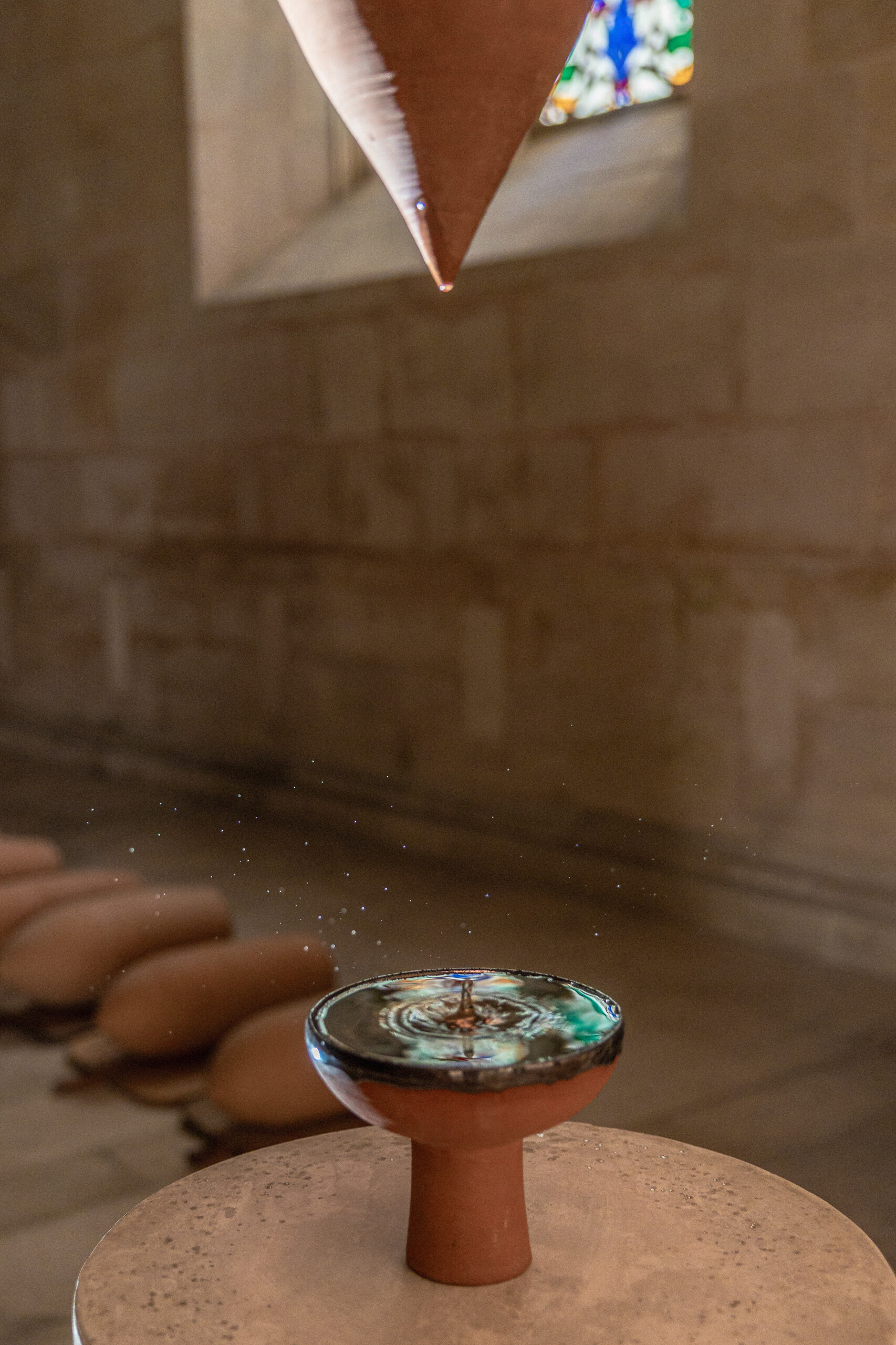 *Restlessness – on war and peaceful life
*Restlessness – on war and peaceful life
A.S.: You have been following the sculptor Virgil Scripcariu for almost 20 years, how do you comment on Virgil’s trajectory in his pursuit of placing artworks in public spaces?
Ș.S.: I think that in addition to the talent of making an object, he has extreme mobility in adapting the object to the context, in finding a solution without getting stuck, having an agile and, at the same time, profound mind. He has the ability to change his thoughts both for where he places the sculpture and for the sculpture itself, being able to harmonize them even at the last moment. He has a very strong analytical spirit. I think it has to do with a superior sensitivity that he can achieve through concentration. It’s a dramatic matter that ultimately depends on talent, dedication, I don’t think it can be learned, it’s something that can’t be passed on to someone else in a didactic way. Even if he tried to explain it, there is no guarantee that the one who understood the explanation would do any better afterwards. It is an additional gift, apart from the gift of modelling, a comprehensive act. He can capture succinctly and concentratedly a state of being. That’s why he becomes compelling. He has an added value that could anticipate the others’ acceptance, he knows how to get to the core of things. I think he does that also through the way he generates the shapes. Through their simplicity or by simplifying them. It’s not a matter of minimalism or refined expression, but of cleanliness, a state that everyone strives for, but not everyone achieves. I don’t know if he has this quality in his other actions, but in terms of the object, the way he makes it and how he places it, how he carefully organizes things until the last moment, I think that reflects a certain kind of intelligence that it is very rare, a quality added to that of a sculptor.
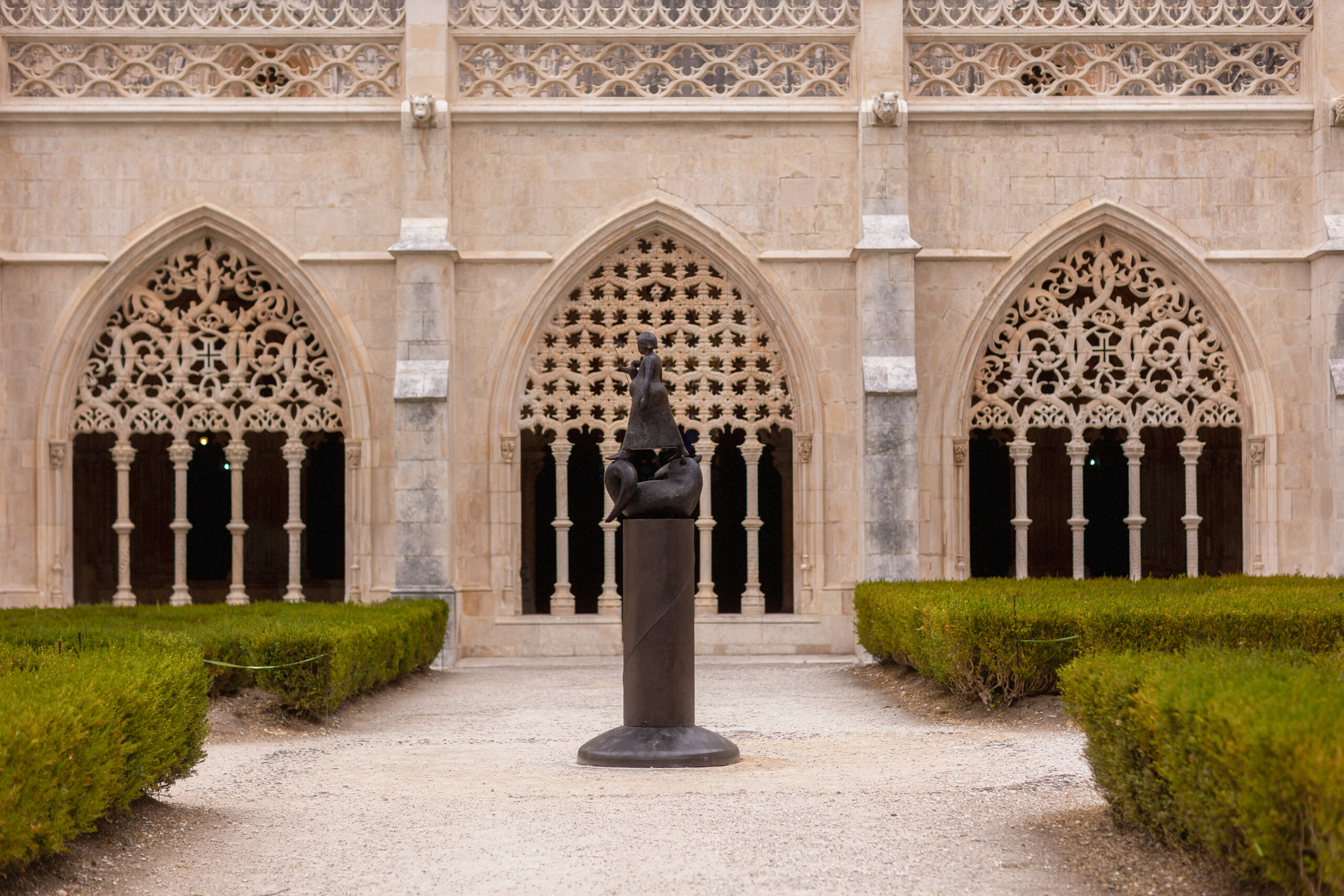 *Maternity – about the strength and love of the child, who is protecting his mother even before being bor
*Maternity – about the strength and love of the child, who is protecting his mother even before being bor
A.S: How do you see this equation in the version of the TRIUNFO exhibition signed by Virgil Scripcariu, in Batalha?
Ș.S.: I find the whole exhibition – which I only know from photos – to be beautiful and welcomed. As for one of the objects itself, the work in front of the main entrance, I feel that is something special. I don’t think I would judge all the works and associations with the same measure. It seems to me there are decisions of the placement of the works which are correct, fitting and others are intuited with skill and sophistication. But in the case of the main object, it seems to me much more than that, it seems to me a unique encounter between heritage and contemporary art that must be kept as a rare occurrence. Rare and inspired.
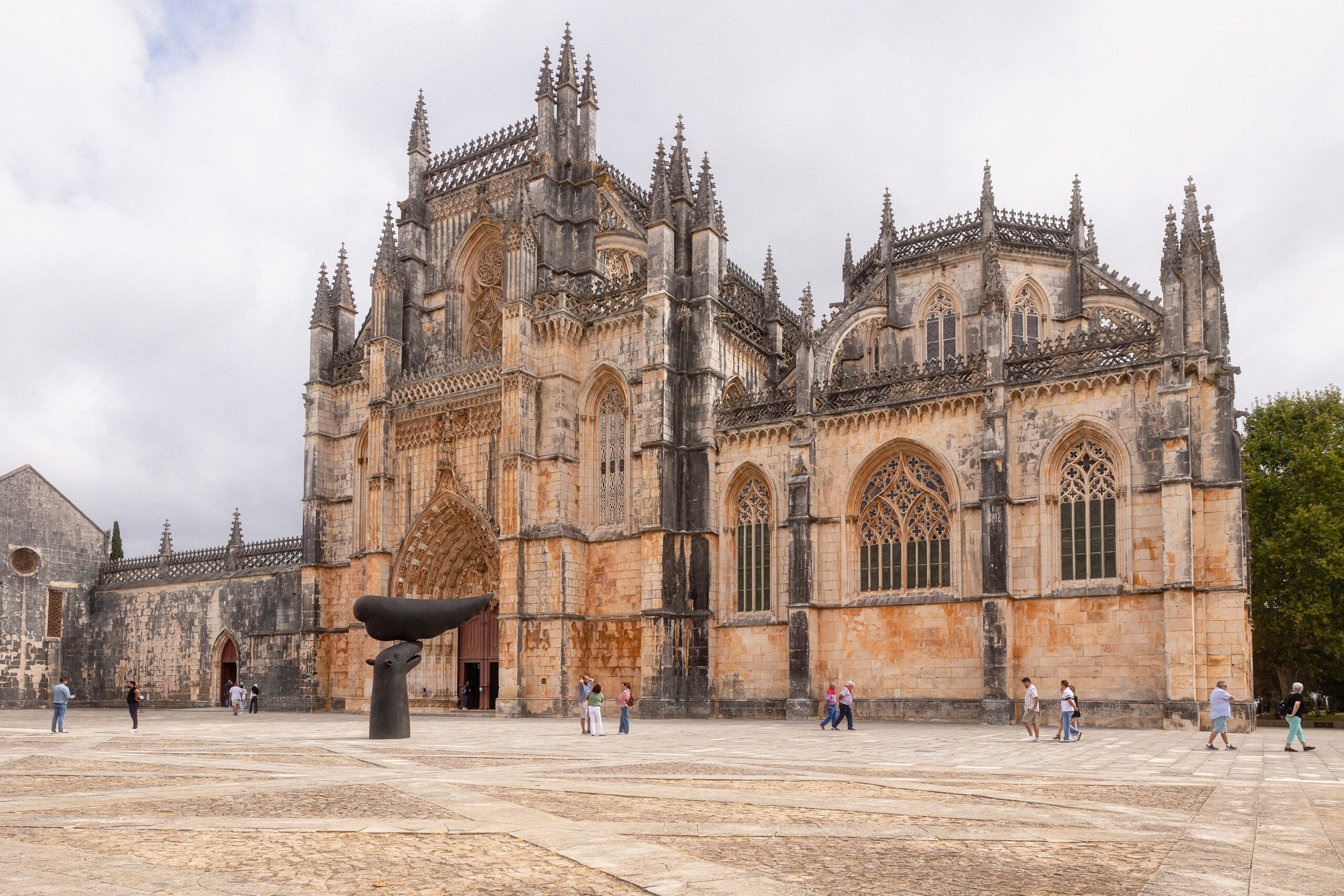 *Story about the triumph of the soule over the evil
*Story about the triumph of the soule over the evil
If I were to be the judge, I would argue that this sculpture should remain there permanently. They met, one would say, by chance, but they must stay together, there, through time. This is not a matter of chance or skill of the author, it is something more. It might have been a fluke, but I don’t think so. It’s about a few aspects contained in the overall image and the space of the site. Such a thing rarely happens, it has nothing to do with the supernatural, but it has to do with the quality of the profound adjacency of the two entities; if we cannot speak of a physical magnetism, another type of magnetism can be detected there. It’s good that they’ve met and it would not be good for us to separate them. I am convinced that the two objects complement each other, that one without the other becomes less fulfilled than if they are together. I think this is also because the sculpture, through its scale, is in a fortunate rapport with the heritage building. There is also the matter of balance. In this sculpture, balance is a matter of life and death. It’s no joke. When you move away from it, you feel the need to turn your head to make sure it’s stable. It’s something that makes you worry, and that means that you take part in a certain way in the pose and the story of the two characters, as well as the tension between them. That is why, I think it raises a serious and profound question that you don’t usually think of when you look at an object. ‘I like it, I don’t like it’, you form an opinion and leave, but here there is something more complex to which the ‘lifeless’ facade of the cathedral is added, brilliant as it is, but lifeless. And you are only willing to look at it as a lifeless facade, simplifying its entire history since 1400. And this is where the presence of the sculpture comes in, which can help you give life to the facade, you can revive it because there is that signalled balance and therefore everything you see on the old Gothic facade is still valid. There is an adequacy in joining the two “objects”. From this point of view, I would say that the sculptural work reinforces the heritage value of the facade. Because the two characters are in balance, continuity is ensured. This is the way I feel it. It’s not a medicine for the old building, but it’s something sitting there that does good to it. It awakens the viewer to pay attention again to what heritage brings us, to the fact that heritage must be protected, to the concreteness of the need to take care, an idea that would otherwise be much more abstract. At the composition level, I think one can feel the thinking of Virgil’s teacher, Vasile Gorduz. Approaching the sculpture or object in this way makes you think more. It is a very good and useful thing. As for the other works, I wouldn’t think in the same way. I like these sculptures, but I feel that one has to look at things differently. Here is a necessary match. It’s like in fairy tales, the emperor’s daughter comes and sees this one and that one… she chops off their heads, but once the bridegroom is found, there is no more discussion. And I wouldn’t say the same about this work, located elsewhere. Maybe it would be well suited, maybe it would be funny… But here I feel that it brings something more into the discussion. Europe is losing due to attacking Christianity and humanism. The fact that someone from outside comes and revives such an idea, the fact that it is happening in 2024 and not 20 years ago… We are in a difficult moment and with a strong desire to keep that balance. It seems to me that it does good overall. That it came from Romania or that it could have come from somewhere else, I don’t think it matters. I would rather note the fact that two edges of the space imprinted by the old European values came together in this way. It doesn’t matter who did it either. The important thing is that the presence of this object there saves, even mentally, the painful discontinuities of the present. The idea of heritage, not forgetting, or the awareness of the presence of these humanist values, justifies once again the attraction you can feel towards this work of art. I think that “Story about the triumph of the soul over evil” has found its right place.
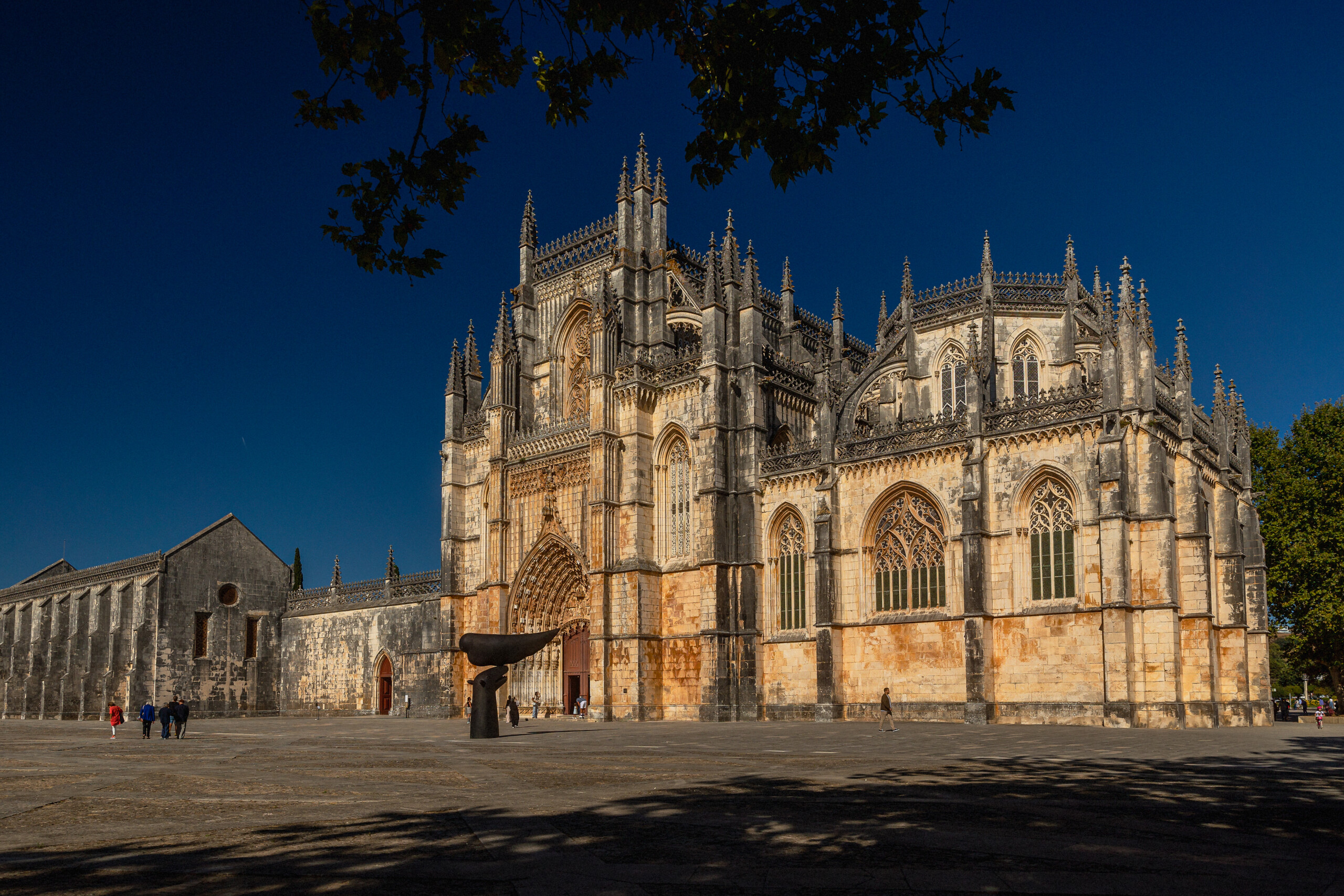 *Story about the triumph of the soule over the evil
*Story about the triumph of the soule over the evil
Info & credits
TRIUNFO – Personal exhibition by Virgil Scripcariu
Partners: Mosteiro da Batalha (MMP)/Portugal, Romanian Cultural Institute Lisbom, Asociația Galeria Artep/Romania Association, Embassy of Romania to the Portuguese Republic
1.09.2024-1.04.2025
Place: Batalha Monastery/Portugalia


